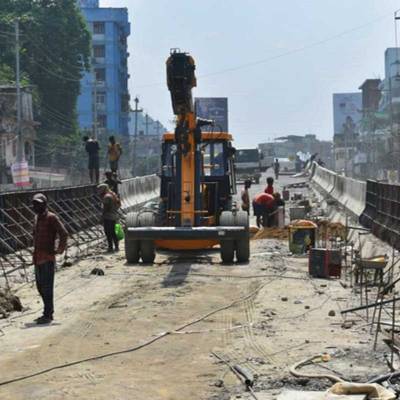Niti Aayog reveals underperformance of Guwahati Smart City
01 Aug 2023

Guwahati was selected as one of the initial 20 smart cities in the country, a key part of the ambitious Smart City programme initiated by the government to enhance living conditions in 100 towns and cities nationwide. However, recent evaluations by Niti Aayog have revealed a disappointing reality – Guwahati is among the least successful smart cities in the country. Out of a total of 185 projects, only nine projects worth a combined Rs 22.56 billion have been completed.
Niti Aayog's analysis highlights that Guwahati's underwhelming performance is not an isolated case. Several other cities in the Northeastern region, including Shillong, Aizawl, and Imphal, have faced challenges in making significant progress in their respective smart city initiatives. Similarly, municipalities like Amaravati, Diu, Greater Warangal, Kavaratti, Port Blair, and Puducherry are also struggling and rank among the lowest-performing urban areas.
The report also points out that 32 smart cities have exceeded their initial project completion targets, with some surpassing them by four times. Despite the difficulties posed by the COVID-19 pandemic, as well as political, regional, and local land and labor issues, an impressive Rs 390.85 billion worth of projects were successfully completed nationwide in the past year.
The financial aspect of the Smart Cities Mission also displays positive trends. Funding provided by the Central Government increased from Rs 283.15 billion to Rs 348.87 billion by the end of 2022, showcasing a renewed commitment to accelerating the growth of smart cities.
Regarding Guwahati, the city received a financial grant of Rs 3.96 billion from the Ministry of Urban Development, which remained unused until 2022. The total financial plan for Guwahati's five-year Smart City project was set at Rs 22.56 billion, with expectations that both the Central Government and the state administration would each contribute Rs 5 billion. The remaining funds were anticipated to be generated through various means by urban local bodies, including user charges, beneficiary fees, land monetization, debts, and loans.
Related Stories

